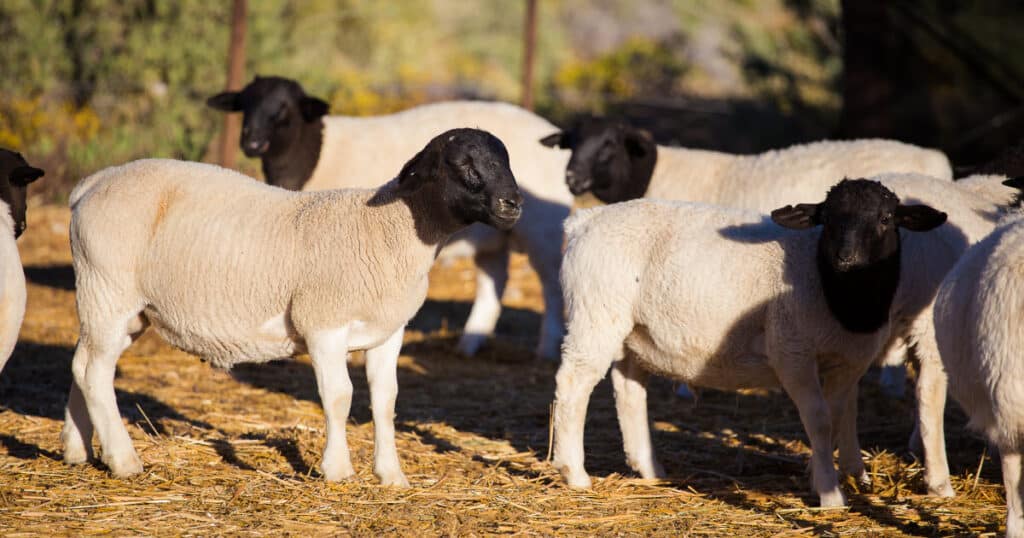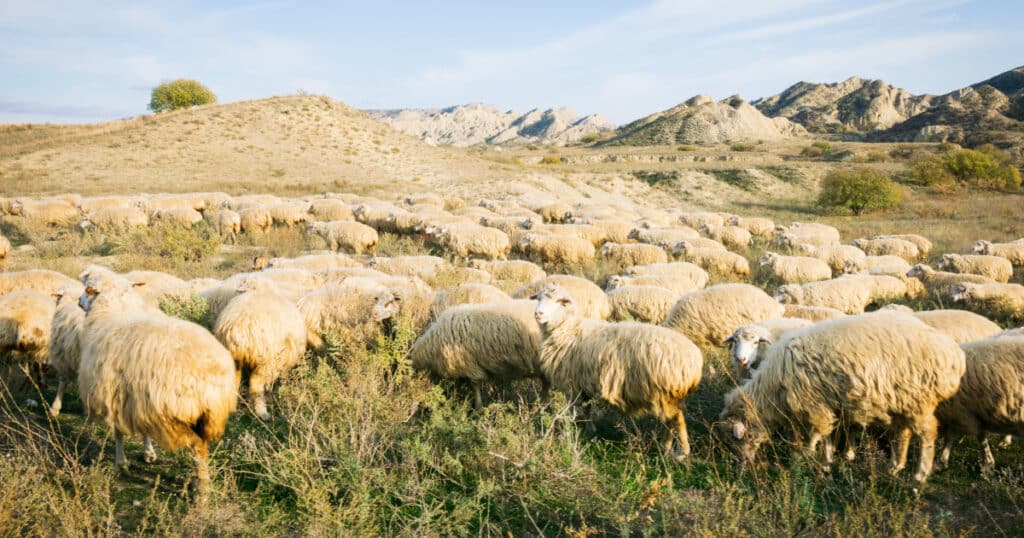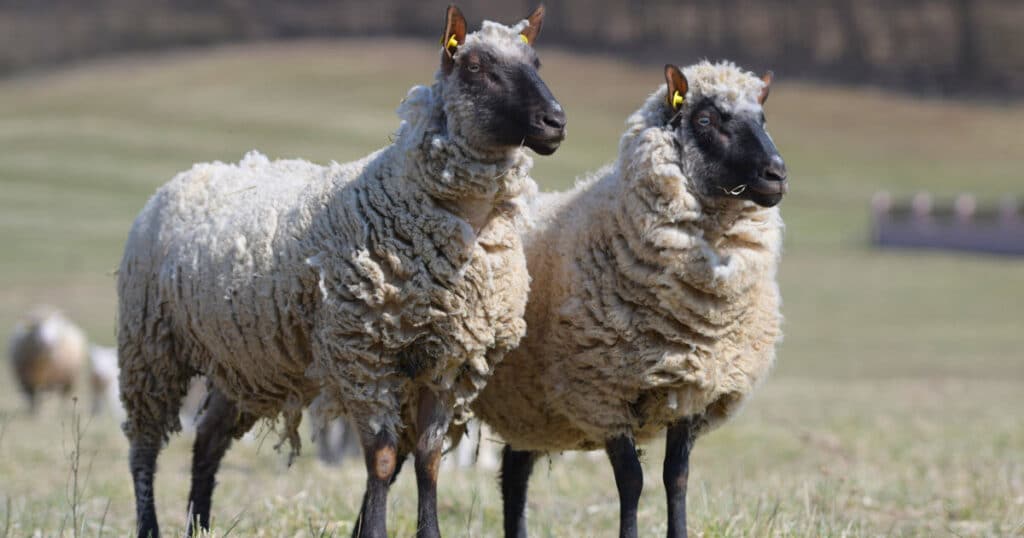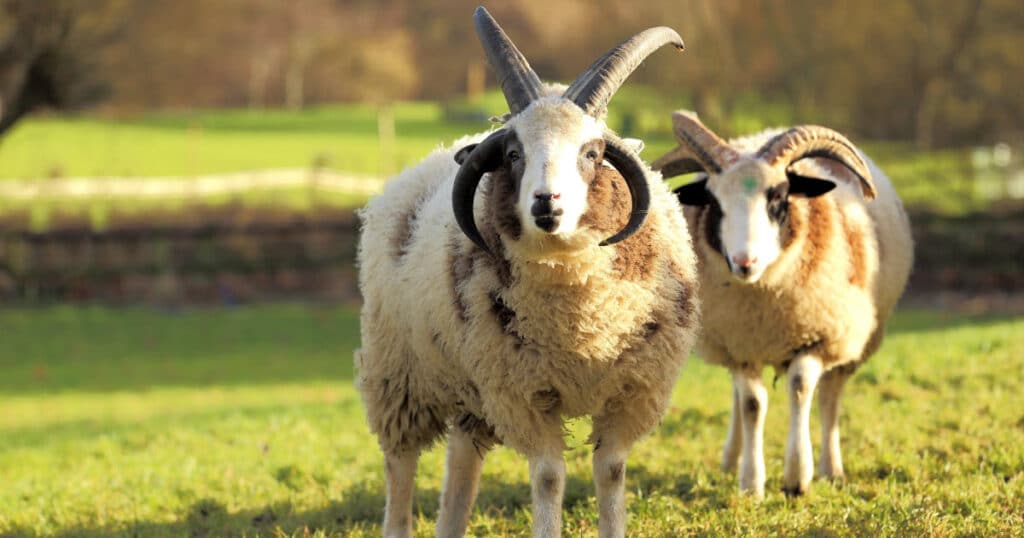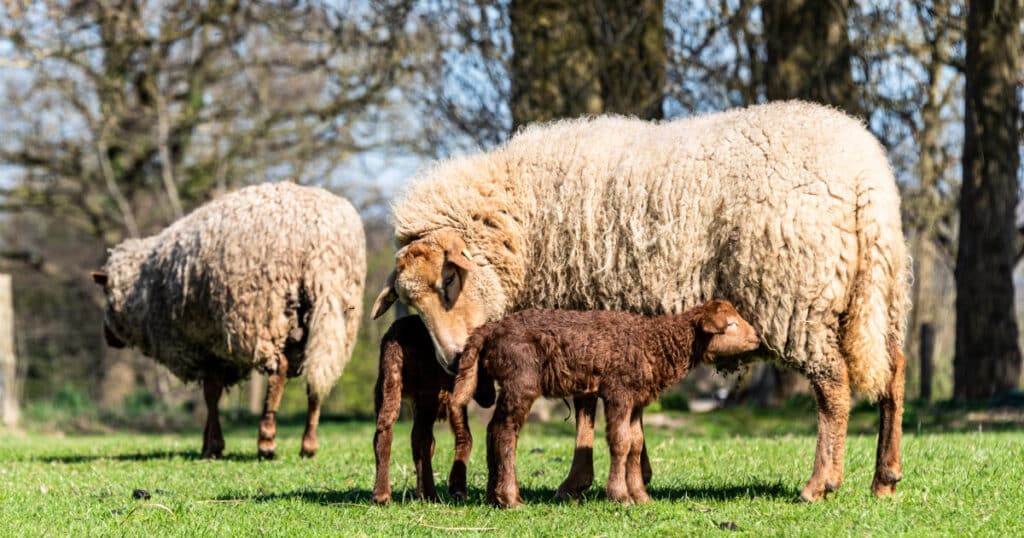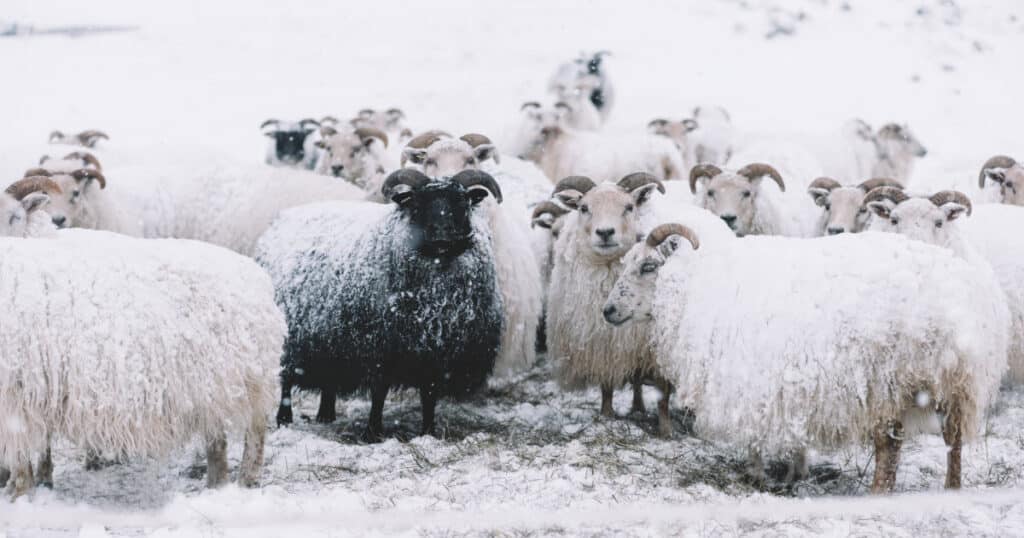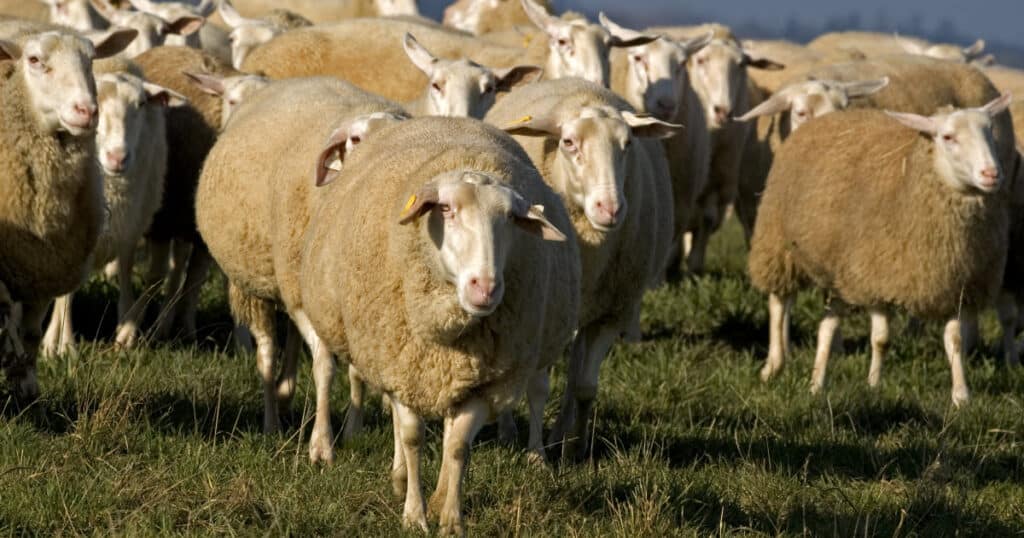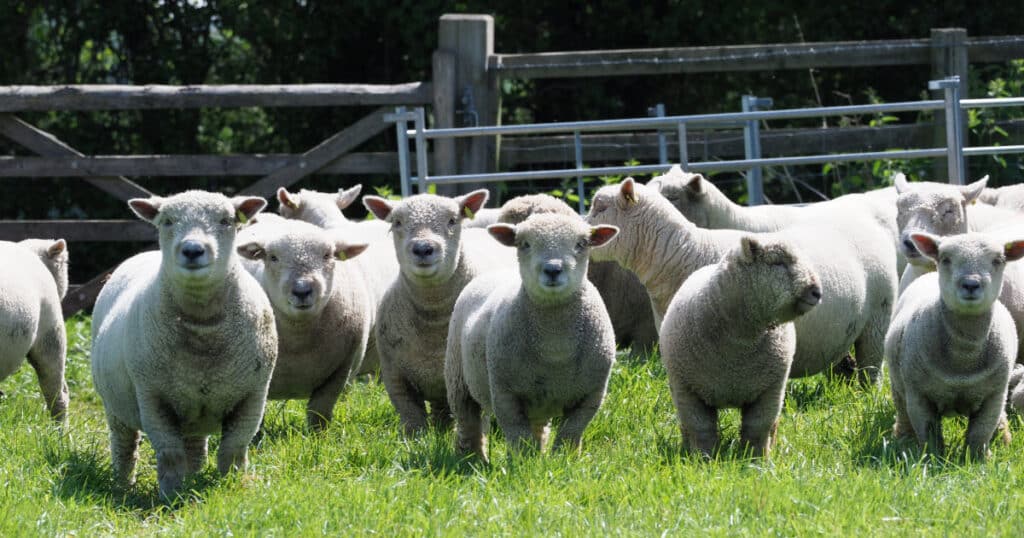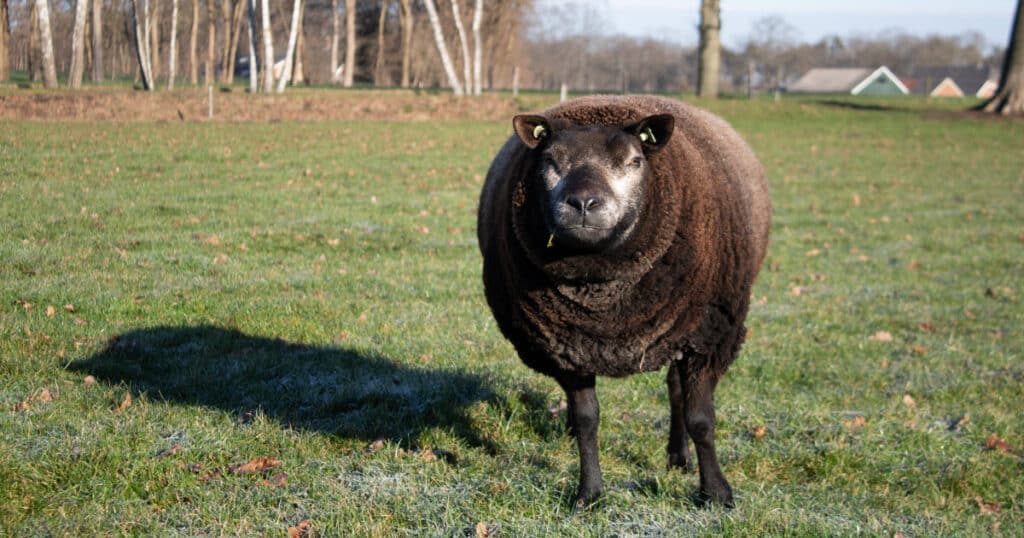Dorper Sheep
The Dorper is a breed of sheep that originated in the south of Africa in the 1940’s. It is the product of cross-breeding between the Dorset Horn and Blackhead Persian breeds. Dorper sheep have a distinctive appearance: black heads and white bodies. The breed has a thick, well muscled carcass and extended period of fertility. […]

